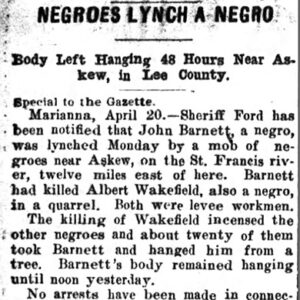 John Barnett Lynching Article
John Barnett Lynching Article
Time Period: Early Twentieth Century (1901 - 1940)
 John Barnett Lynching Article
John Barnett Lynching Article
Barnett, John (Lynching of)
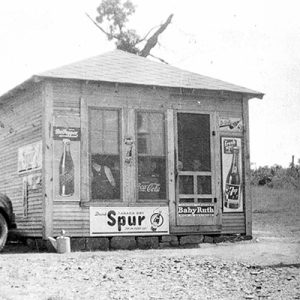 Barnett's Store
Barnett's Store
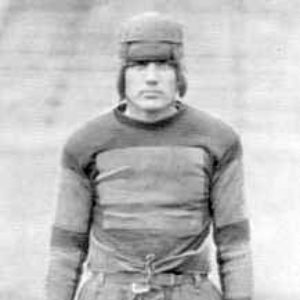 John Barnhill
John Barnhill
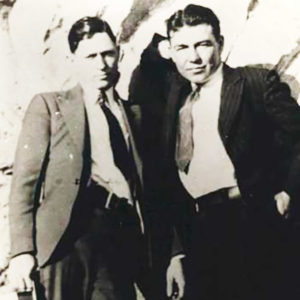 Barrow and Jones
Barrow and Jones
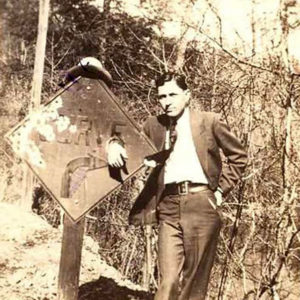 Barrow, Clyde
Barrow, Clyde
Bart Tully [Steamboat]
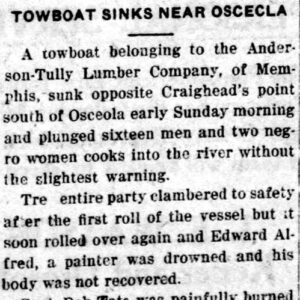 Bart Tully Article
Bart Tully Article
 Bart Tully Article
Bart Tully Article
 Bartell House
Bartell House
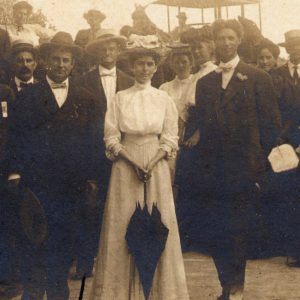 Fred Bartell
Fred Bartell
Bartell, Fred Wallace
Bartlett, E. M.
aka: Eugene Monroe Bartlett Sr.
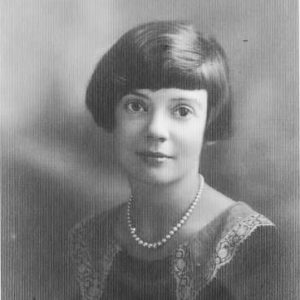 Dorothy Yarnell Barton
Dorothy Yarnell Barton
Barton, Dorothy Yarnell
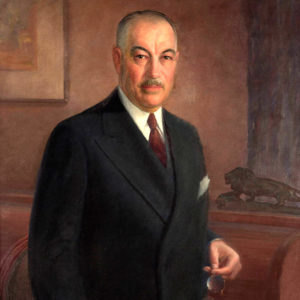 T. H. Barton
T. H. Barton
 T. H. Barton
T. H. Barton
Barton, Thomas Harry
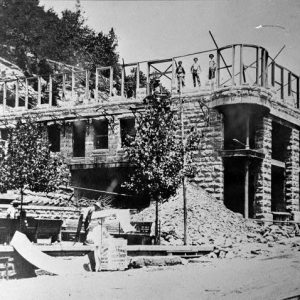 Basin Park Hotel
Basin Park Hotel
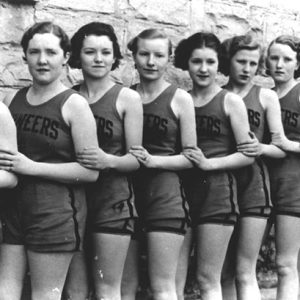 Batesville Pioneers
Batesville Pioneers
 Raymond H. Bass
Raymond H. Bass
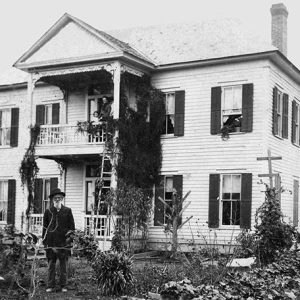 Sim Bateman
Sim Bateman
Bates School House
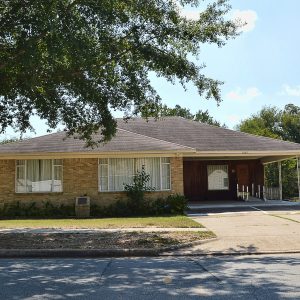 L. C. and Daisy Bates Museum
L. C. and Daisy Bates Museum
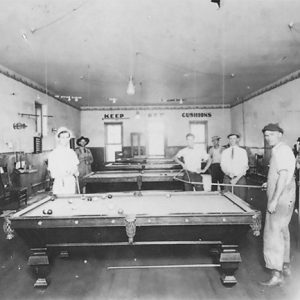 Batesville Billiards Hall
Batesville Billiards Hall
 Batesville 1915 Flood
Batesville 1915 Flood
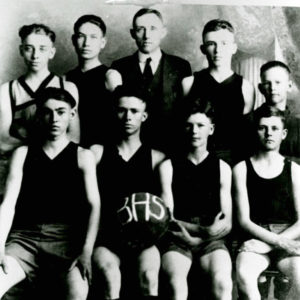 Batesville Basketball
Batesville Basketball
Batesville Confederate Monument
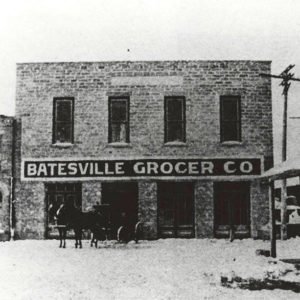 Batesville Grocer
Batesville Grocer
 Batesville High School
Batesville High School
Batesville National Guard Armory
aka: Abraham Armory
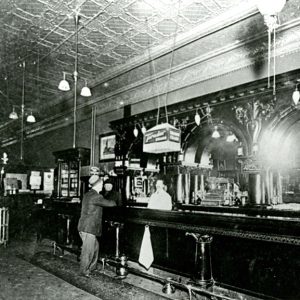 Batesville Saloon
Batesville Saloon
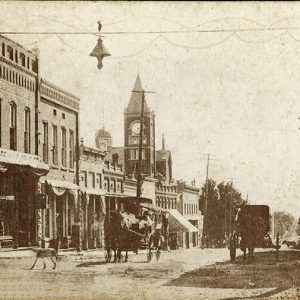 Batesville Street Scene
Batesville Street Scene
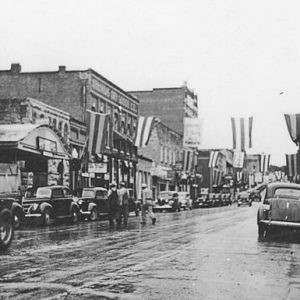 Batesville Street Scene
Batesville Street Scene
Bathhouse Row
 Bathhouse Row
Bathhouse Row
 Bathhouse Row Plan
Bathhouse Row Plan
 Battle of the Ravine, 1922
Battle of the Ravine, 1922
 George F. Baucum
George F. Baucum
 Bauxippi Port
Bauxippi Port
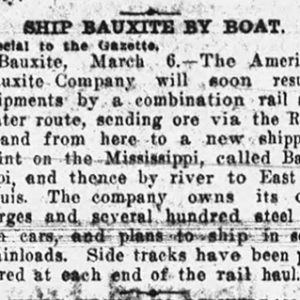 Bauxippi Article
Bauxippi Article
 Bauxite Mining
Bauxite Mining
Baxter Bulletin
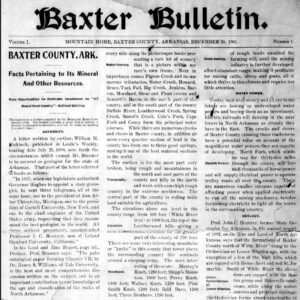 Baxter Bulletin
Baxter Bulletin
 Baxter County Courthouse, with Third Floor
Baxter County Courthouse, with Third Floor
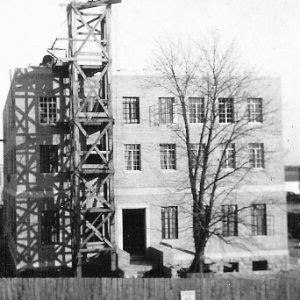 Baxter County Courthouse
Baxter County Courthouse
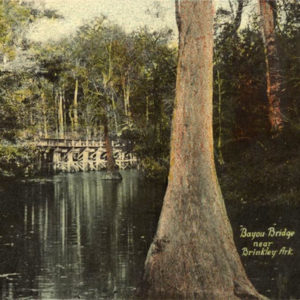 Bayou Bridge
Bayou Bridge
Bays, Glenco (Lynching of)
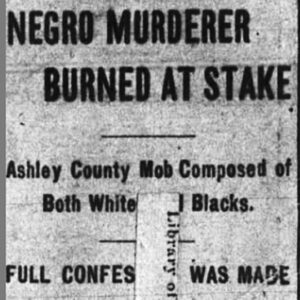 Bays Lynching Article
Bays Lynching Article
 Bazooka
Bazooka




